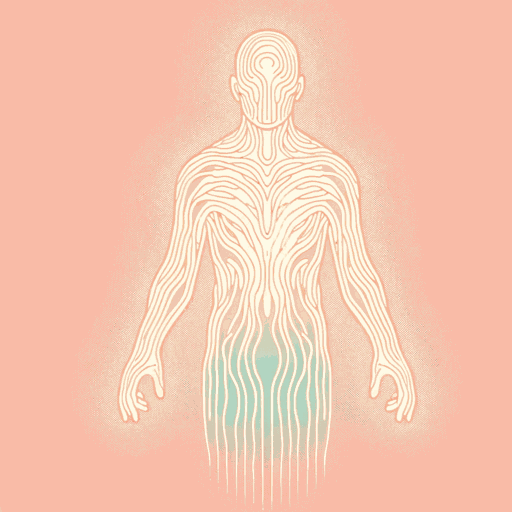58 pages • 1 hour read
Tess GuntyThe Rabbit Hutch
Fiction | Novel | Adult | Published in 2022A modern alternative to SparkNotes and CliffsNotes, SuperSummary offers high-quality Study Guides with detailed chapter summaries and analysis of major themes, characters, and more.
Themes
Intersecting Lives at the Rabbit Hutch
Gunty began her project with the broad question of “how does structural violence generate interpersonal violence?” (Biles, 3:33). The La Lapinière Affordable Housing Complex, which was initially constructed by a Christian philanthropist to house Zorn Factory workers, was ideal for her mission because she was able to show how people living in relative squalor mirror in their behavior the contempt and neglect that is shown to them by the authorities. Gunty focuses her inquiry on the three days before Blandine exits her body, thereby making it seem “possible to trace a series of collisions over the course of three days in a very contained setting” (Biles 4:16). In the manner of predecessors who wrote novels set in apartment blocks such as J.G. Ballard’s High-Rise (1975) and Georges Perec’s Life, A User’s Manual (1978), Gunty challenges the solipsistic constraints of the traditional novel, which often centers on the dreams and struggles of a singular protagonist whom other characters orbit. Instead, the apartment block novel is a populous one that spotlights several psyches and the ways the characters are affected by the actions and attitudes of others.

